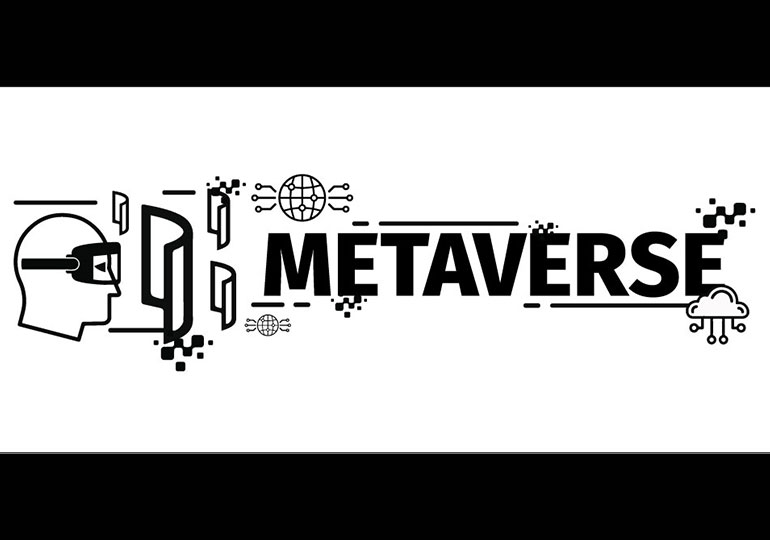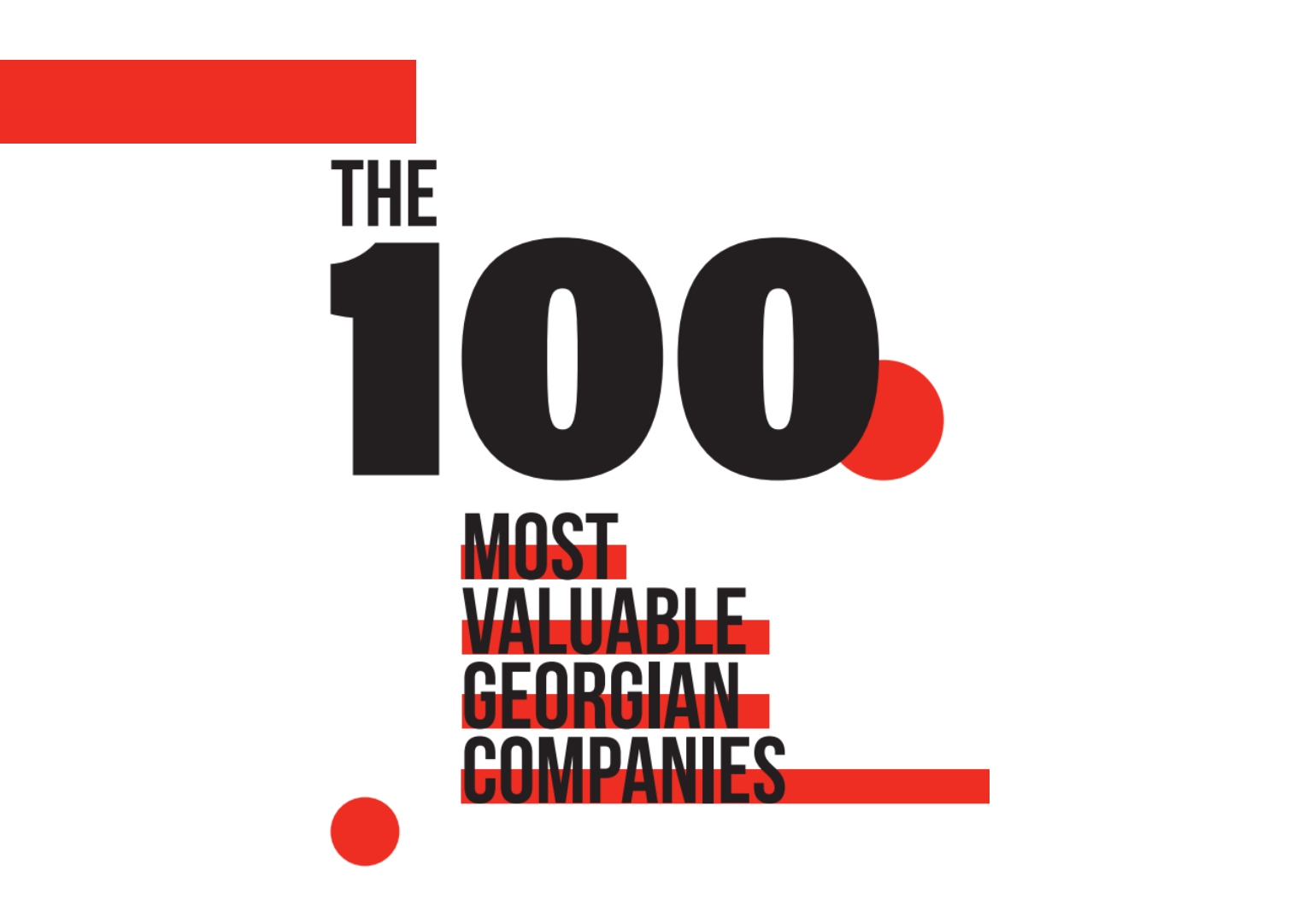Georgia, a country of 3.7 million people at the crossroads of western Asia and eastern Europe, is thriving. Its government program to refashion the country as an attractive investment destination has proved successful. We sat down with First Deputy Prime Minister and Minister of Economy Dimitry Kumsishvili and National Bank of Georgia Governor Koba Gvenetadze at the sidelines of the IMF’s Annual Meetings that took place this past October 2017.
The Georgian economy has performed well in the past years, posting a 4.7 percent growth rate for the first eight months of 2017. The credit rating agency Moody’s upgraded the country’s sovereign rating, and exports are booming. What has been your approach?
Kumsishvili: Indeed, the economy is growing quite well. The latest growth figure is much stronger than was estimated either by the IMF or ourselves. Tourism is booming, generating 28 percent more revenues than last year. Exports have grown by 28 percent, remittances transfers by 22 percent compared to last year. In the first two quarters, the private sector created an additional 5 percent of new jobs.
To achieve such robust growth, the government worked out a four-pillar reform agenda combining the four strategic directions of economic reforms, open governance, infrastructure investment, and reforms in education.
Infrastructure investment is costly, and you had to cut back the deficit.
Kumsishvili: We invested in infrastructure with revenues from a growth-friendly tax reform. We noted that the private sector needs more equity, so we changed the corporate income tax model, taxing only distributed earnings. To make up for the loss in budget revenues, we increased indirect taxes, for example, by doubling taxes on fuel, raising the excise tax on tobacco, cars, and gambling. These revenues not only covered the gap created by corporate tax reform, but also created additional fiscal space for higher investments in infrastructure. In addition, we committed to freeze real current expenditures during the next four–five years, which means that savings from current expenditures will be transferred to investments.
As part of its reform program, the government has started an overhaul of the education system. What are your goals there?
Kumsishvili: Our goals are to increase the quality of teaching and to instill in students the ability and the desire to learn. Today the proportion of students in universities and vocational schools is 88 to 12 percent, respectively, and we should change this by increasing the share of vocational education. Learning trades could help increase the productivity of rural areas with high unemployment, too. Regarding universities, right now we are investing a lot on STEM [science, technology, engineering, and mathematics] because we see this as a very important direction we need to develop.
The economic slowdown in 2015–16 was accompanied by the depreciation of the Georgian lari and other currencies in the Caucasus and Central Asia region. This has led to financial sector difficulties. The Georgian banking system has been quite resilient, in contrast to the rest of the region. How do you explain the performance of the Georgian banking system during that period?
Gvenetadze: Georgia was indeed hit by lower demand in the region, driven by lower oil prices in 2014–2016 and geopolitical tensions. We responded with a flexible exchange rate, which proved to be a very good way to absorb the shock and to make the economy withstand the difficult times. As a result, the lari depreciated 34 percent against the dollar, but the economy continued to grow by 2.9 percent in 2015 and 2.8 percent in 2016. A cheaper lari stimulated economic activity by encouraging exports; incomes grew, which helped debt payers meet their financial obligations.
But the Georgian banking system weathered the tough times also because we put big emphasis on prudential policies that ensured the stability of the system.
After the shock of 2015–16, we realized that there is a need to deal more proactively with high dollarization [the ratio of foreign exchange deposits and loans to total deposits and loans] in Georgia. It represents a high risk for the most vulnerable groups because the fluctuations of the dollar against the lari immediately affect their finances. Following discussions with the IMF, we put together a 10-point program to reverse this dollarization trend. This long-term project already has some early results; for instance, loan dollarization decreased by 9 percentage points, to 56 percent of total loans in 2017. The drop in household dollarization was even larger, at 12 percentage points. Deposit dollarization has also been declining.
The banking system is now resilient and highly transparent. Banks have enhanced their disclosure standards, which means it is clear in what financial condition they are, who their owners are, and if they have hidden costs. All Georgian banks are privately owned, with 85 percent of foreign ownership. The two largest banks of the Georgian banking system are listed at the premium segment of the London Stock Exchange, which sets very high standards for accountability and transparency.
What do you still need to do to keep the financial system stable?
Gvenetadze: We recently adopted liquidity coverage ratios in the banking system and introduced guidance on important indicators, such as loan-to-value and payment-to-income ratios, to help commercial banks maintain sound lending practices. From the end of this year, in line with Basel III principles, we will gradually introduce systemic capital buffers for commercial banks. We are also updating our banking resolution and crisis management framework and working on corporate governance guidelines for commercial banks. Then, there is also a nonbanking financial sector, which is much smaller than the banking sector, but is growing fast. As it gains systemic importance, we are strengthening our oversight functions to ensure consumer protection and the sector’s resilience.
Georgia currently participates in an IMF program worth $285.3 million. How do you find dealing with an outside advisor to the reform agenda you committed to?
Kumsishvili: I would call this partnership and cooperation. And the reason for that is that this is a fully homegrown program. We had a vision of the developmental needs; we turned it into an action plan and then received support from the IMF. This makes for a very clear reform agenda, supported by all players.
We also receive technical assistance from the IMF. We have consulted in the fields of fiscal risk assessment, fiscal rules, public-private partnerships, pension reform, and the taxation of financial transactions. This was helpful to carry out our reform program.
In addition, the IMF program also gives a signal to investors that we have sound economic policies, which means that they can come to invest and create jobs in Georgia.















